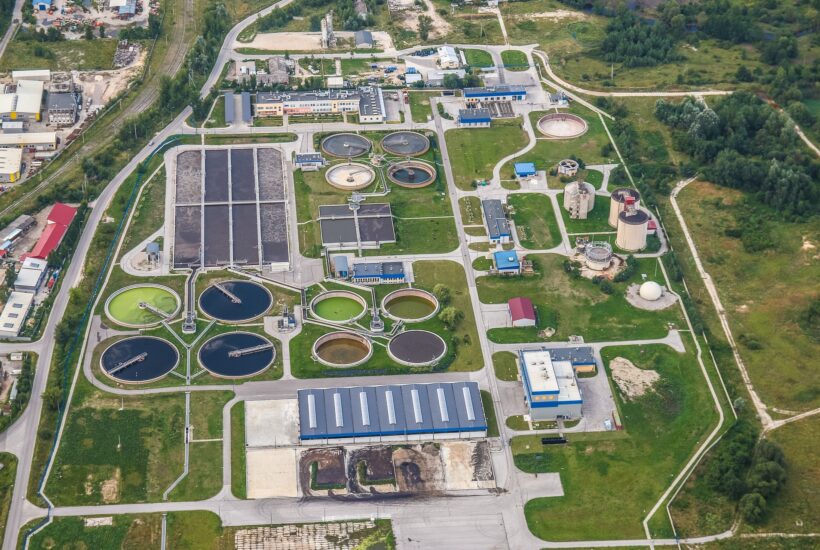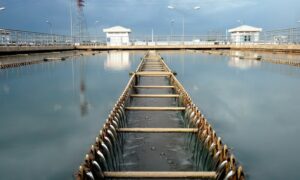Wastewater: From Problem to Solution
Efficient wastewater management could provide energy to 500 million people. Wastewater treatment facilities have the potential to become energy generators instead of consumers, all the while creating clean water that is returned to the local ecosystem, supplying more than 10 times the water provided by the current global desalination capacity.

Wastewater is one of the major environmental pollutants due to its high degrading power that can contaminate clean water or aquifers through leakages. However, with appropriate policies, wastewater is an invaluable resource.
In the report “Wastewater: From Problem to Solution,” prepared by the United Nations Environment Programme (UNEP), the urgency of developing and implementing solutions for sustainable water and wastewater management is highlighted. These solutions aim to achieve both the recovery and reuse of water resources, as well as other collateral benefits. Currently, only 11% of treated wastewater is reused worldwide, and about 50% of untreated wastewater continues to flow into rivers, lakes, and seas, allowing them to contaminate the ecosystems on which we depend.
Efficient wastewater management could provide energy to 500 million people. Through a complex chemical process, decomposed microorganisms from water treatment plants can be converted into green energy. With this transformation, wastewater treatment facilities have the potential to become energy generators instead of consumers while creating clean water that is returned to the local ecosystem, supplying more than 10 times the water provided by the current global desalination capacity. By also reusing the phosphorus, potassium, and nitrogen contained in wastewater, the dependence on synthetic fertilizers could be reduced, offsetting 13.4% of the global demand for agricultural nutrients.

Wastewater is an essential component in the #CircularEconomy, a resource that can provide sustainable solutions to address the multiple crises of society. Hence, the agency urges leaders in all regions of the world to take three key actions:
• Prevent water flow pollution: Separating and removing waste before it reaches water (chemical components, microplastics, etc.) makes it easier and safer to reuse and return it to the natural environment.
• Reduce the volume of wastewater: A smaller quantity will make its recovery more feasible and decrease the cost of its collection.
• Manage them sustainably to recover and reuse resources, achieving their optimization.
To achieve these actions, coherent legislation is necessary at local and global levels, promoting awareness, investment in innovation, and improvement in data collection and information.
Therefore, it is crucial to develop and implement continuous monitoring systems that collect real-time data at different points in the water cycle and in treatment facilities to effectively and efficiently control water quality and its physicochemical parameters.
Join the future of continuous water quality monitoring

